October 18, 2017
Calls for commercial property sector to have a greater focus on customer experience
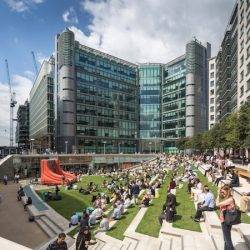 The UK commercial property industry is undergoing a fundamental shift towards a more customer centric approach, with an increasingly greater emphasis being placed on delivering outstanding customer service to occupiers. This is the key finding of a new report from The British Council for Offices (BCO) entitled ‘Office Service Standards and Customer Experience: a best practice guide’. While for those who hold a very traditional landlord occupier relationship this change in thinking, attitude and operation may feel revolutionary, the report argues we are already seeing the industry evolve across the board. It claims that this is accelerated by new ‘property sector disruptors’, who are driving a shift in the relationship between property owners and corporate occupiers. To ensure they are keeping pace with their changing requirements and aspirations, property owners and managers are increasingly realising the need to invest in building strong relationships with their occupiers
The UK commercial property industry is undergoing a fundamental shift towards a more customer centric approach, with an increasingly greater emphasis being placed on delivering outstanding customer service to occupiers. This is the key finding of a new report from The British Council for Offices (BCO) entitled ‘Office Service Standards and Customer Experience: a best practice guide’. While for those who hold a very traditional landlord occupier relationship this change in thinking, attitude and operation may feel revolutionary, the report argues we are already seeing the industry evolve across the board. It claims that this is accelerated by new ‘property sector disruptors’, who are driving a shift in the relationship between property owners and corporate occupiers. To ensure they are keeping pace with their changing requirements and aspirations, property owners and managers are increasingly realising the need to invest in building strong relationships with their occupiers






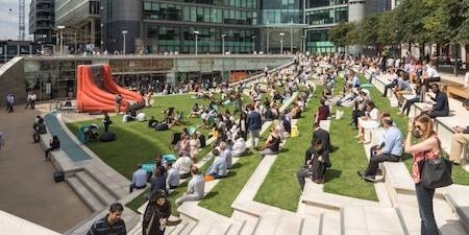

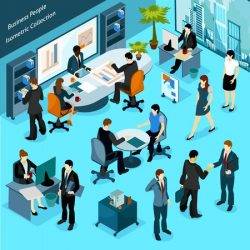
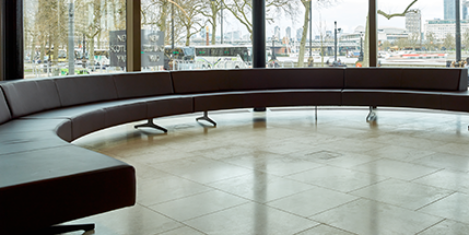
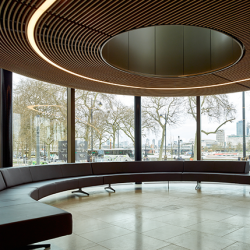

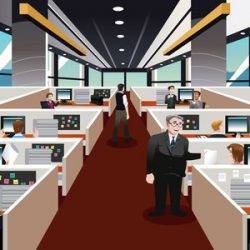
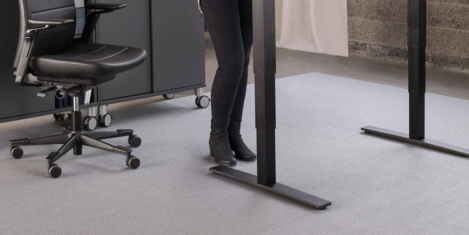
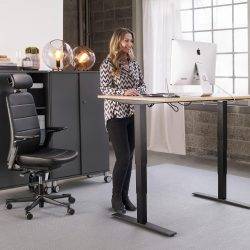
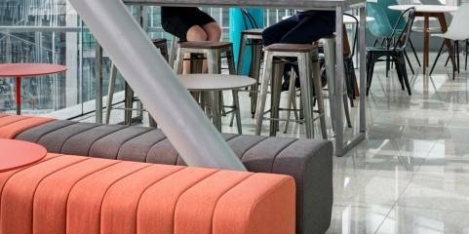
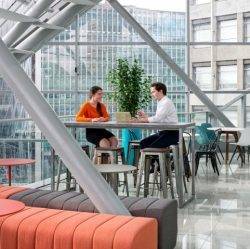


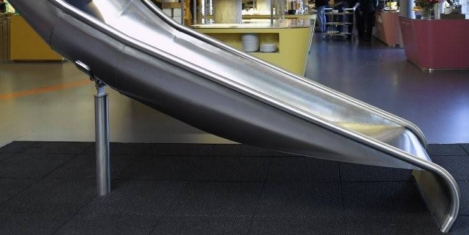
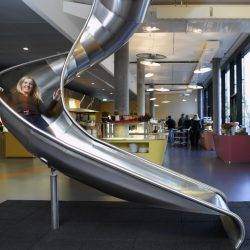
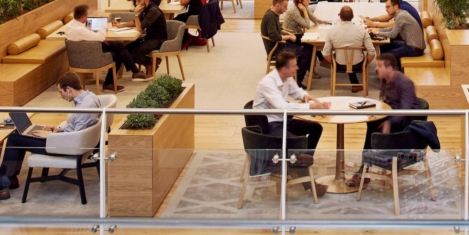
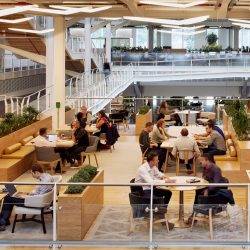
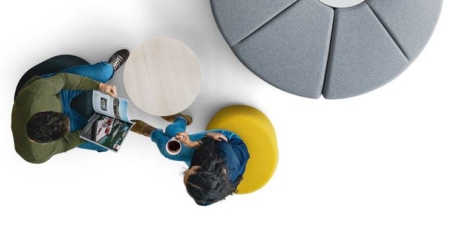
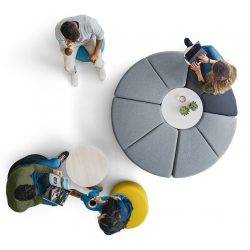
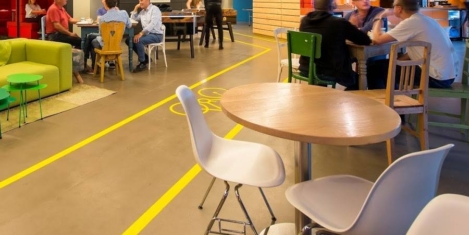
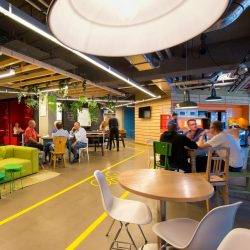



















October 9, 2017
Our Twentieth Century approach to ergonomics has to change
by Mark Eltringham • Comment, Flexible working, Technology, Wellbeing, Workplace design
More →